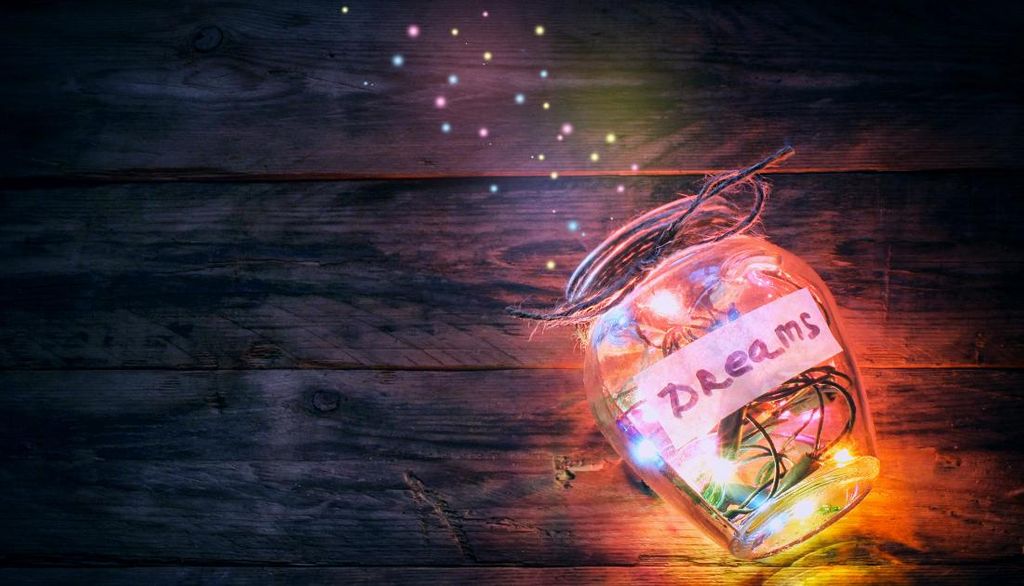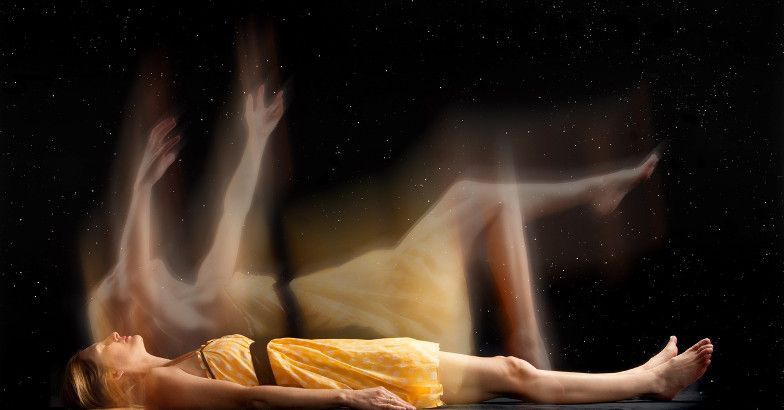Dream Facts
Feb 07, 2019 • 14 views
Why do we see the dream?

A dream is a succession of images, emotions, sensations, and ideas that occur during periods of sleep. In common language, dreams are basically stories and images our mind creates while we sleep. Some researchers say that dreams have no purpose or meaning and are nonsensical activities of the sleeping brain. Others say dreams are necessary for mental, emotional, and physical health.
According to famous psychologist Sigmund Freud, every dream represents a wish fulfilment. Dreams are representative of the imaginary fulfilment of a wish or impulse in early childhood before such wishes have been repressed. The dream images represent the unconscious wishes or thought disguised through symbolization and other distorting mechanisms.

Sigmund Freud was convinced to have found that dream is the "royal road" to reach the core of our unconscious part of the mind.
There is some interesting fact about dreams which will definitely surprise you.

An average person has approximately 1,460 dreams in a year, which adds up to 4 dreams per night.
The appearance of vampires in dreams represent a person's general fears and anxieties or it can represent anxieties about that person's sexuality.
Your Mind Is More Active During a Dream Than When You’re Awake: Some research hints that the brain is even more active during sleep when you have had a novel experience in the last 24 hours, or when you have been through a major change of some sort, whether positive or negative.
Blind People Can Also Dream: Those who had become blind after birth can still see in their dreams, however, those who have been born blind cannot see in their dreams. Those who cannot see in their dreams, still experience dreams in a different way through smell, sound, touch and other senses.

Dreams Are Often Forgotten: Up to 60% of people do not remember their dreams at all, especially after the first 5 minutes of waking up. In addition, for the average person, 90% of the details from dreams have vanished within a mere ten minutes.

Sleep Paralysis: Sleep paralysis is where you have a temporary inability to move or speak.Most people will experience sleep paralysis once or twice in their life. Sleep paralysis does not feel like you are in a dream, it feels real. Sleep Paralysis normally lasts from a few seconds to several minutes.
Men And Women Dream Differently: For men, around 70% of the people in their dreams are other men. As well as men have been known to have more aggressive dreams than women too. Women also tend to have slighter longer dreams.

Emotions experienced in our dreams are real: People tend to experience anxiety the most in their dreams. Such negative emotions appear more in our dreams than positive ones.
The number of dreams experienced in 1 night( 4 to 7): On average, a person can literally dream at least 1 or 2 hours each night.
Animals dream as well, it's not just a human thing:It is true that alike human, animals can also see dreams. Studies have actually proven that many different animals show similar brain waves during "dream sleep" as we do.

Studies have shown that children tend to have more dreams about animals than adults.

